The common mistakes when growing in planters –and how best to avoid them
It is easy when you know how.

Growing in planters requires careful consideration and thought on what to grow, as well as how to grow it. Over the last few years, raised planters have become hugely popular – particularly for those living in urban areas with smaller gardens – as it can provide easy access to fresh vegetables, herbs, soft fruit and salad crops, regardless of garden size and space available.It’s not all smooth sailing, however.
THE COMMON MISTAKES TO AVOID WHEN GROWING IN PLANTERS
We speak to soil scientist, nutritional gardener and owner of Ergrownomics, Dr Nigel Bending about the most common planting mistakes, and how best to avoid them.
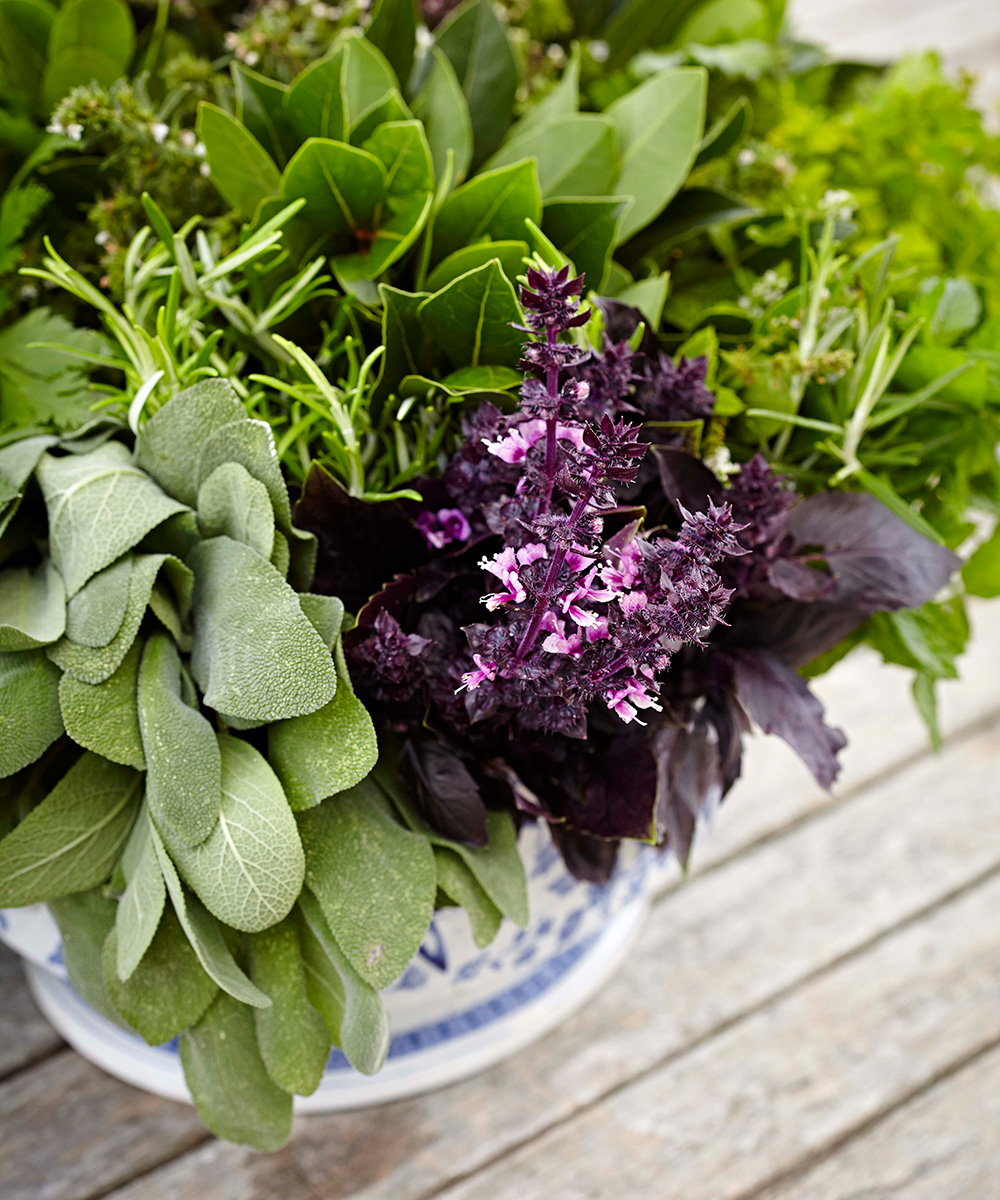
1. NOT CONSIDERING YOUR SPACE
When growing in a container you’re going to be very limited on space. One option to get around this is to harvest crops as ‘baby leaf’ before they reach full size. Another alternative is to choose crops that have a compact form, even when mature. A good knowledge of varieties is essential; for example, stripy ‘Piccolo’ courgettes, ‘Pot black’ mini aubergines and yellow ‘Summer ball’ courgettes are all great options to try if you have limited space. ‘Tom Thumb’ pea is another great example, producing full-size pods while only reaching 25cm in height – which is less than a third of most podding peas.
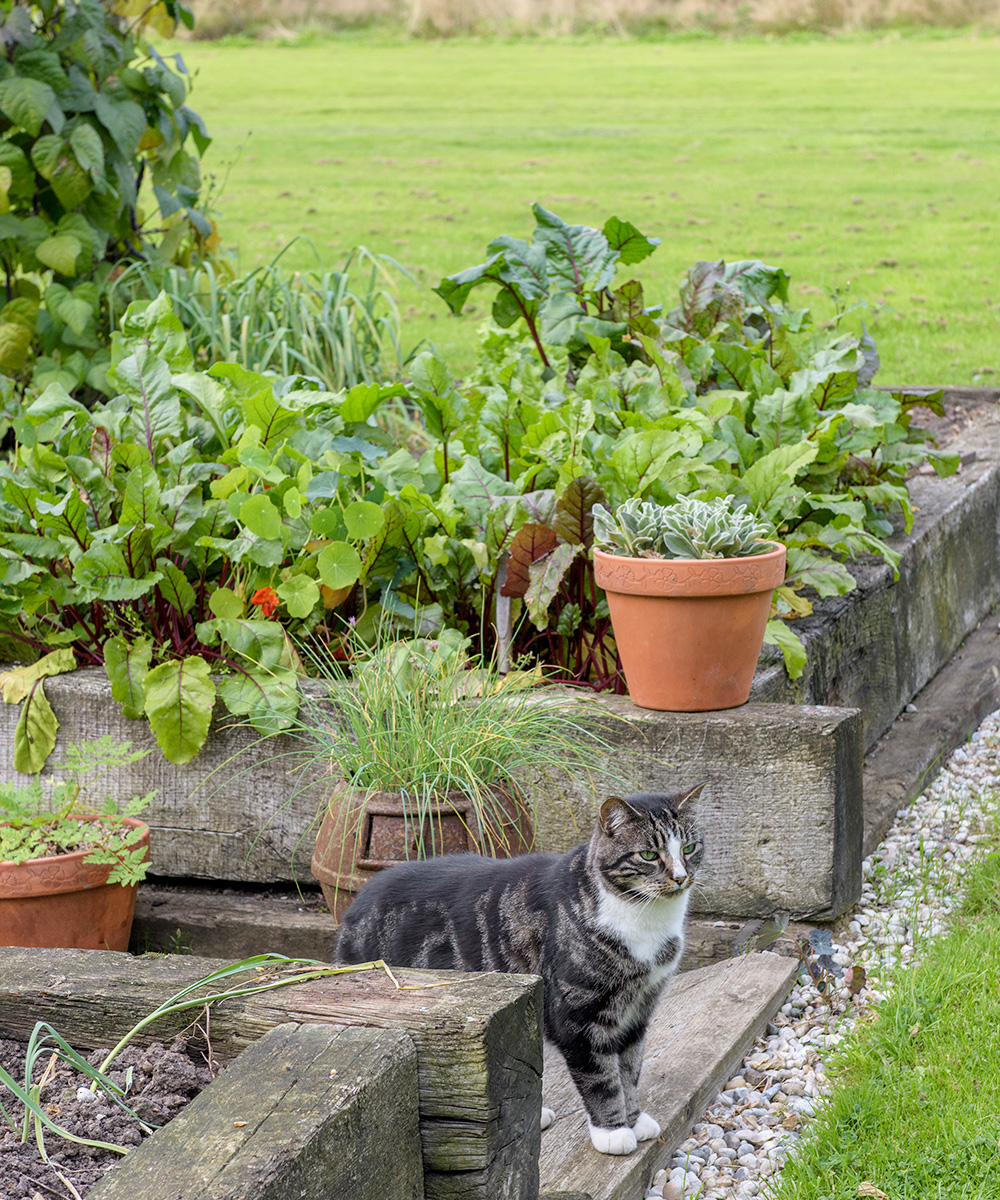
2. SELECTING PEST-PRONE CROPS
It might seem like a nice idea to grow brassicas such as cabbage and turnip, but in reality, they’re hugely prone to a long list of maladies and pests. It’s much simpler to substitute them with more hardy alternatives. Some of the best vegetables to grow in a greenhouse include 'Red Kitten' spinach or 'Bright Lights' Swiss Chard (which can produce stems in 13 separate colours!) so why not swap out cabbage for these instead?
3. CHOOSING VARIETIES NOT SOLD IN SUPERMARKETS
Sign up to the Homes & Gardens newsletter
Design expertise in your inbox – from inspiring decorating ideas and beautiful celebrity homes to practical gardening advice and shopping round-ups.
Many people stick to what they know and only choose to grow the herbs and veg that they’re familiar with on supermarket shelves, but by doing this you’ll miss out on crops with higher nutritional value and superior taste. Supermarkets will only choose varieties that can survive the rigours of picking, transport, storage and display – so nutrients and flavour are not their top priority. Herbs actually grow better in containers than garden beds or allotments – so why not try to grow your own thriving herb garden with (for example) alternative basil varieties like ‘Lemon’, ‘Thai’ or ‘Ruby’? ‘French’ and ‘Red-veined’ sorrel also aren’t readily available in supermarkets, but sorrels are one of the most reliable and long-lasting crops you can grow, with an amazing zingy, fizzy lemon taste. ‘Confetti’ and ‘calypso’ corianders are also new to try, and have been specifically bred for British weather.
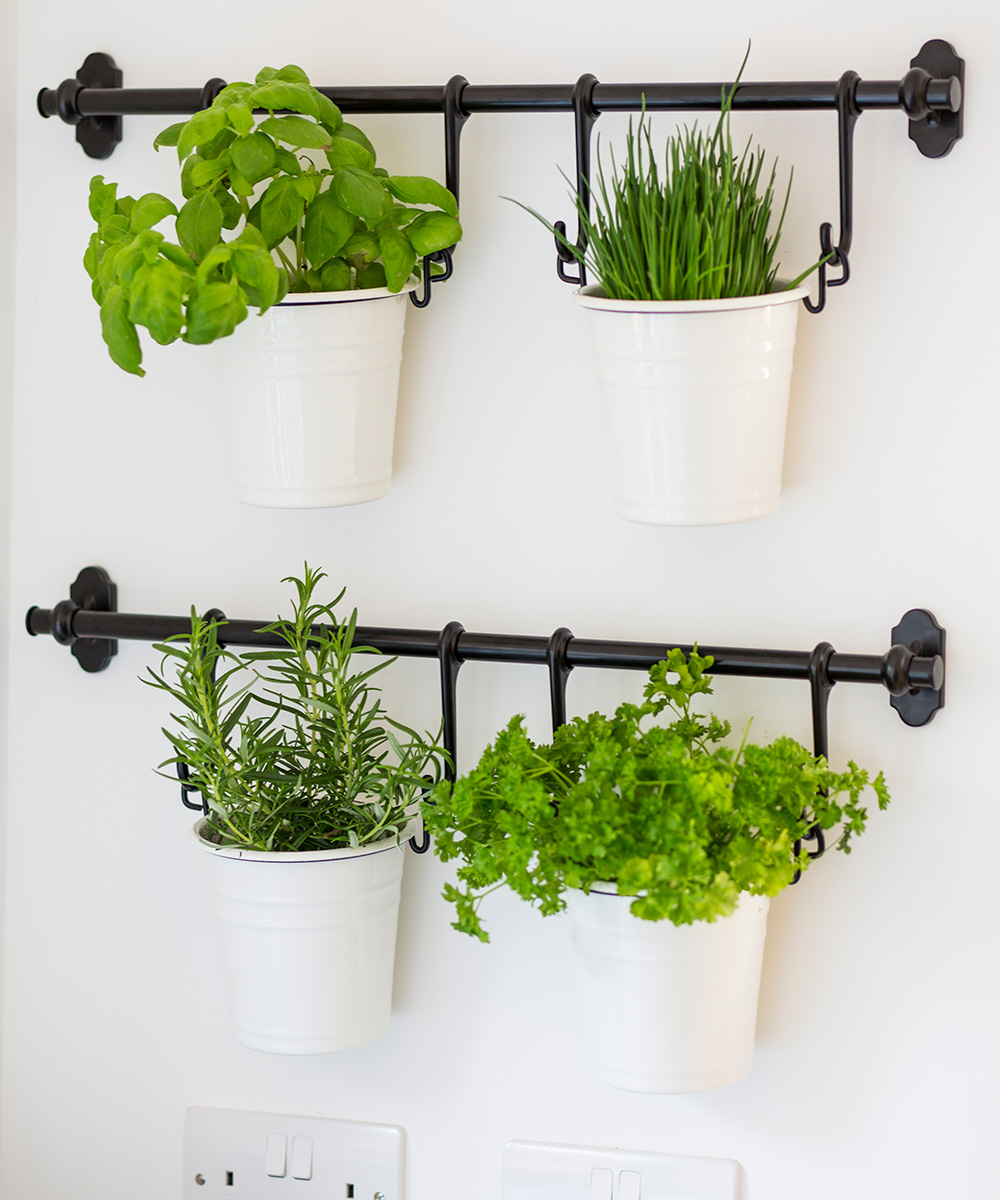
4. IGNORING THE MATURITY TIME
Some crops have a very long maturity time (for parsnips, it’s 180 days) so it’s a good idea to look at how long your crops will take to mature before selecting them. ‘Chioggia’ beetroot is a great alternative to ‘Boltardy’ beetroot as it matures quicker, as is ‘Speedy’ Dwarf French bean (rather than ‘Masterpiece’ Dwarf French bean). Anything under 90 days is ideal, as it allows at two (or even three!) crops to be grown in every season.
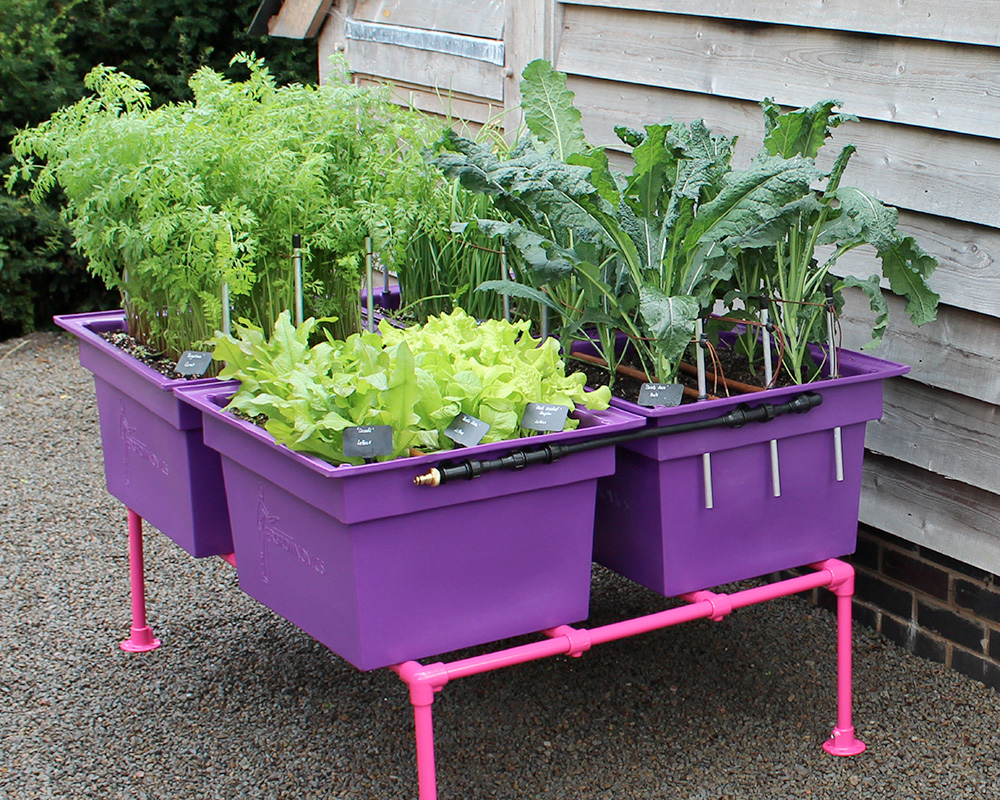
See:Great Dixter's Aaron Bertelsen shares his tips for growing fruit and veg in pots
5. BEING TOO AMBITIOUS
For beginner gardeners with limited space, it’s best to avoid ambitious veg like celery. Growing your own ‘lettuce bag’ is a nice alternative first step for beginners. The seeds are widely available and grow very reliably. Some nice varieties to try include Mustard ‘Red Giant’, Mizuna, Mizuna ‘Red Knight’, Mustard ‘Golden Frills’ and Mustard ‘Red Frills’, plus spinach ‘Red Kitten’ and rocket ‘Serrata’. The leaves have a peppery taste which runs from mild in ‘Mizuna’ to hot (occasionally fiery!) in Red Giant. If these lettuces turn out to be a bit too hot to handle you may want to opt for something sweeter tasting, in which case ‘Black-seeded simpson’, ‘Cocarde’ and ‘Oak-leaf smile’ are likely to fit the bill.

Jennifer is the Digital Editor at Homes & Gardens. Having worked in the interiors industry for several years in both the US and UK, spanning many publications, she now hones her digital prowess on the 'best interiors website' in the world. Multi-skilled, Jennifer has worked in PR and marketing and occasionally dabbles in the social media, commercial, and the e-commerce space. Over the years, she has written about every area of the home, from compiling houses designed by some of the best interior designers in the world to sourcing celebrity homes, reviewing appliances, and even writing a few news stories or two.
-
 The rumours are true, the NYC trend for fringes and trimmings is actually happening – they are the secret weapon for making a room look expensive
The rumours are true, the NYC trend for fringes and trimmings is actually happening – they are the secret weapon for making a room look expensiveA trim or a ruffle is the finishing touch that can take a scheme from ordinary to the extraordinary in an instant
By Jennifer Ebert Published
-
 How to grow impatiens – garden experts reveal the secrets to growing this shade-tolerant, sparkling summer plant
How to grow impatiens – garden experts reveal the secrets to growing this shade-tolerant, sparkling summer plantBoth 'Busy Lizzie' and 'New Guinea' impatiens can thrive in shady yards
By Ellen Wells Published
-
 Trees never to plant in a small backyard – 7 varieties that will overwhelm a limited space
Trees never to plant in a small backyard – 7 varieties that will overwhelm a limited spaceIt's best to avoid planting these trees in a compact space if you want the rest of your yard to thrive
By Gabriella Dyson Published
-
 The best British gardens that you can visit this summer
The best British gardens that you can visit this summerBritons staying at home this summer are being encouraged to head outdoors and explore the stunning public gardens on their doorstep.
By Jennifer Ebert Published
-
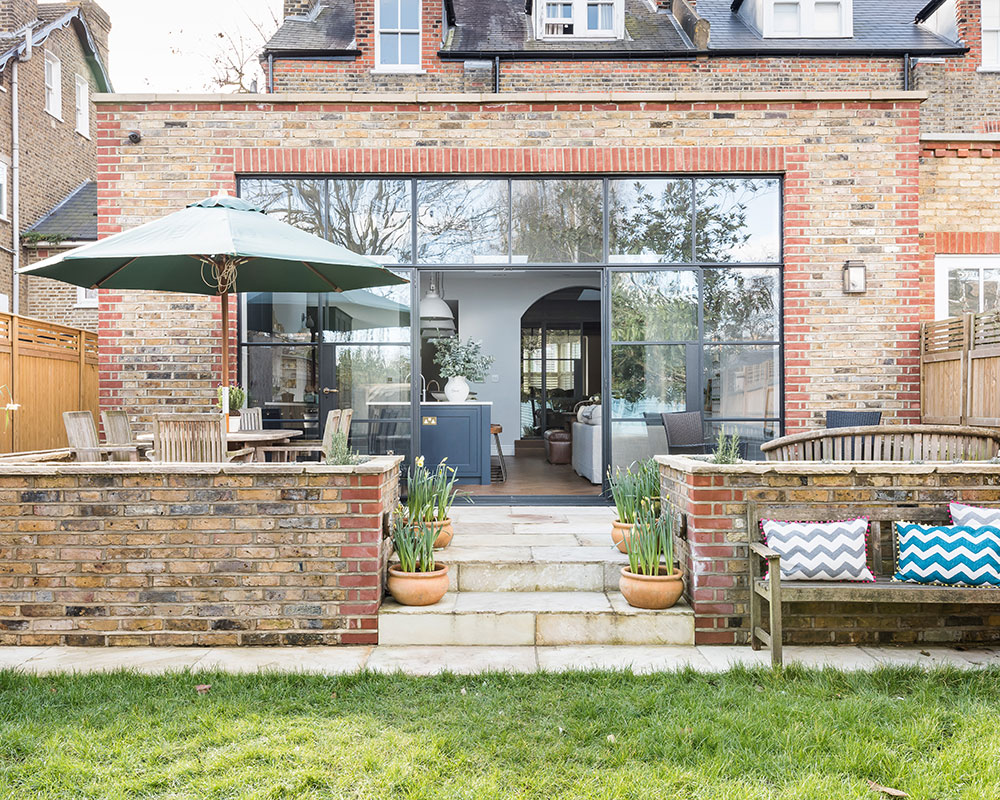 How to grow organic fruit and vegetables at home – David Domoney shares his four top tips
How to grow organic fruit and vegetables at home – David Domoney shares his four top tipsTV gardener's expert tips on growing your own organic produce...
By Ruth Doherty Published
-
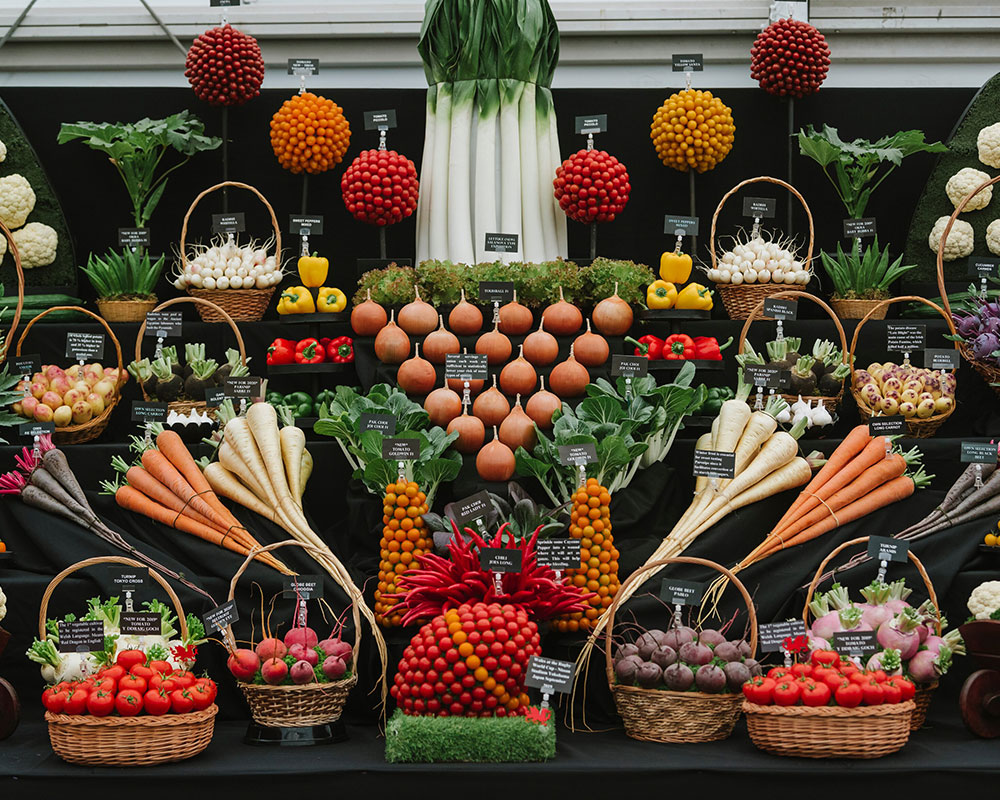 RHS Chelsea Flower Show 2020: Top tips for growing vegetables
RHS Chelsea Flower Show 2020: Top tips for growing vegetablesMedwyn Williams, 11-time Gold medal winner at the RHS Chelsea Flower Show, gives his top growing tips.
By Jennifer Ebert Published
-
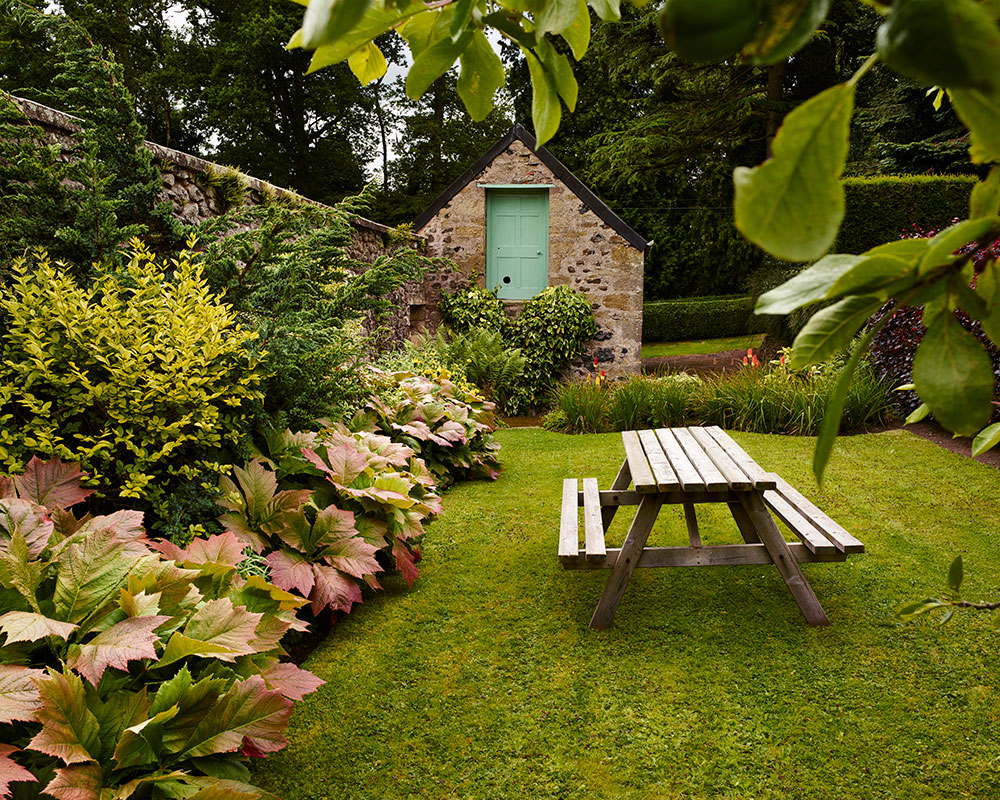 RHS Chelsea Flower Show 2020: Five sustainable gardening tips from Bosch's Markus Rekittke
RHS Chelsea Flower Show 2020: Five sustainable gardening tips from Bosch's Markus RekittkeBosch's garden expert Markus Rekittke shares his simple eco steps...
By Ruth Doherty Published
-
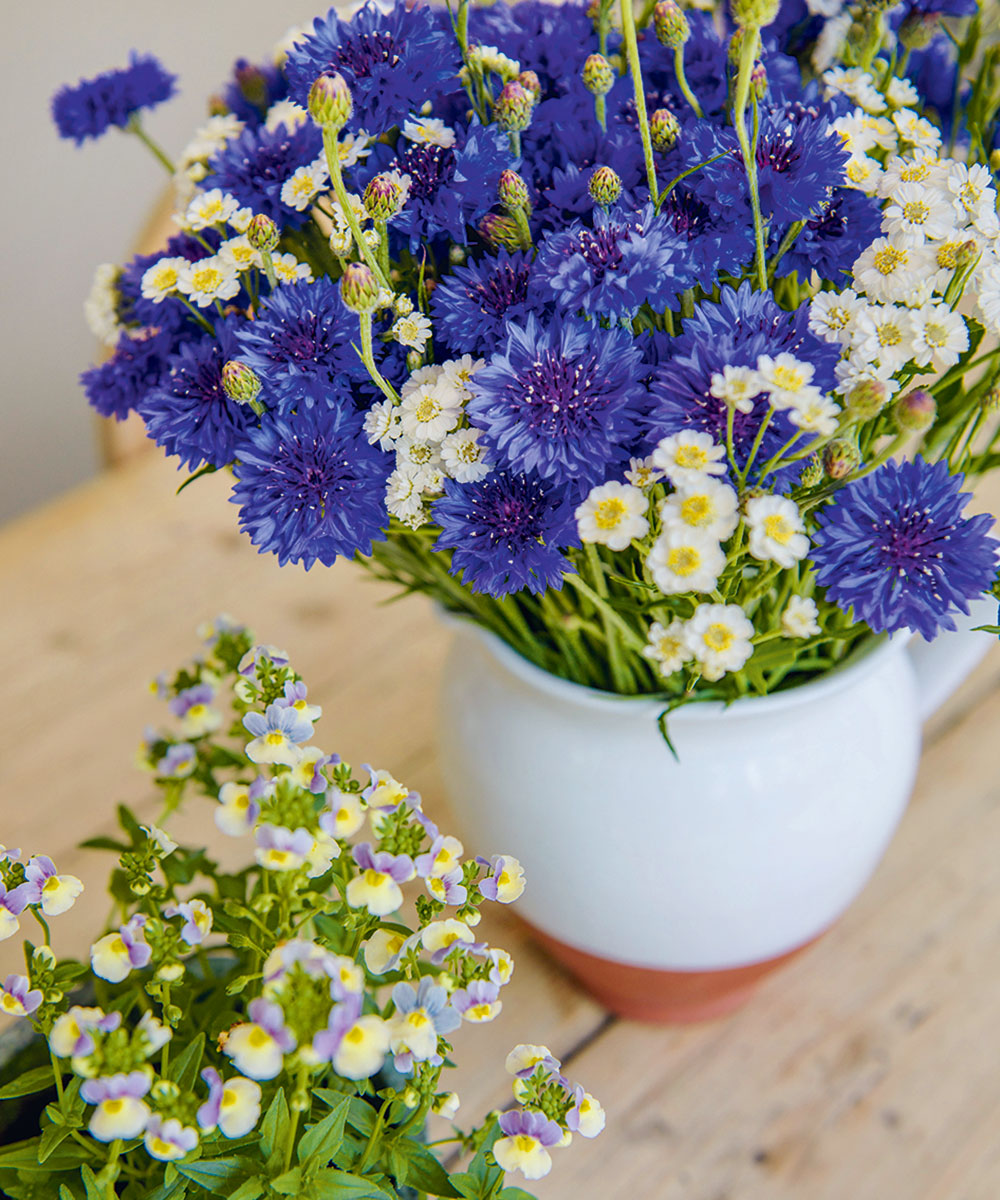 RHS Chelsea Flower Show 2020: The best performing plants for urban gardens
RHS Chelsea Flower Show 2020: The best performing plants for urban gardensRethinking tricky gardens with Charlotte Harris.
By Jennifer Ebert Published
-
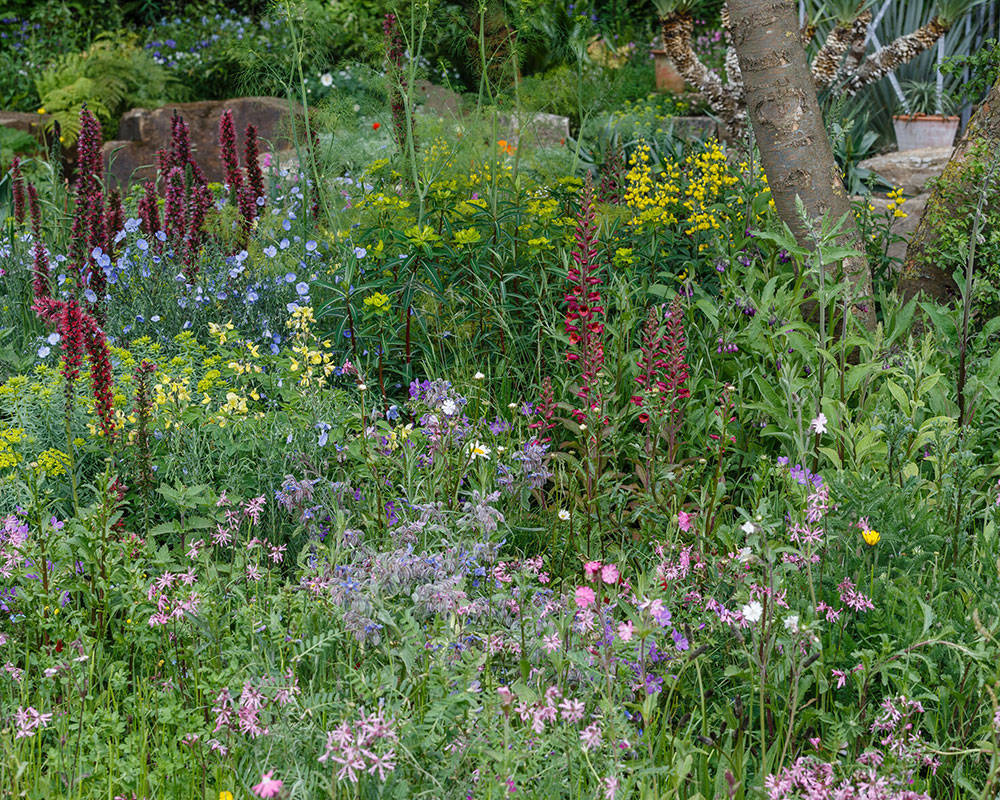 RHS Chelsea Flower Show 2020: Sarah Eberle shares her top summer gardening tips
RHS Chelsea Flower Show 2020: Sarah Eberle shares her top summer gardening tipsA gold medal winning designer, Sarah Eberle, talks about naturalistic ways to garden – from playing with planting, using natural features and taking inspiration from your surroundings.
By Jennifer Ebert Published
-
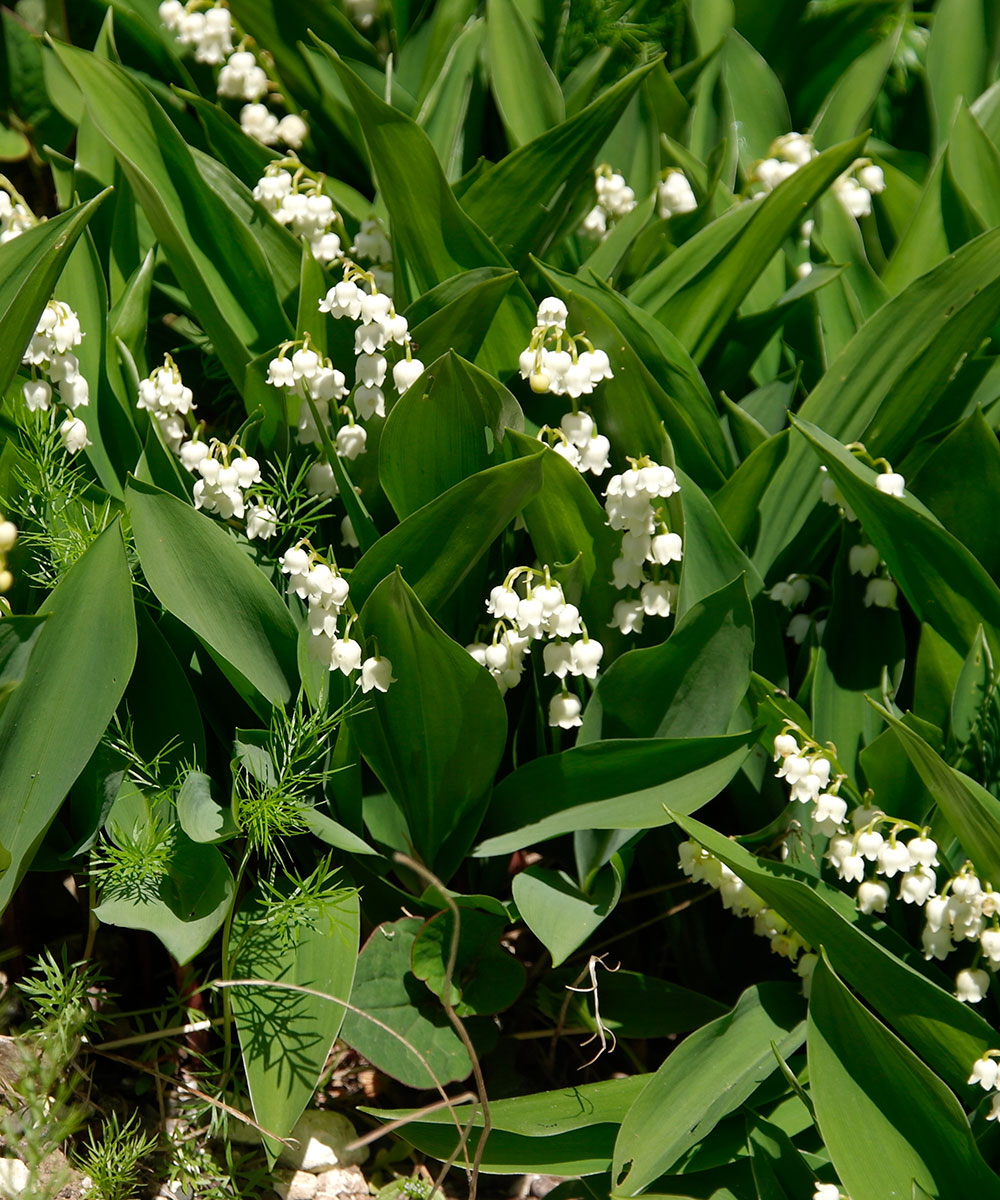 RHS Chelsea Flower Show 2020: The Queen shares her favourite flower to mark this year’s event
RHS Chelsea Flower Show 2020: The Queen shares her favourite flower to mark this year’s eventHer Majesty The Queen chose a bloom to mark the first day of virtual Chelsea Flower Show 2020.
By Jennifer Ebert Published